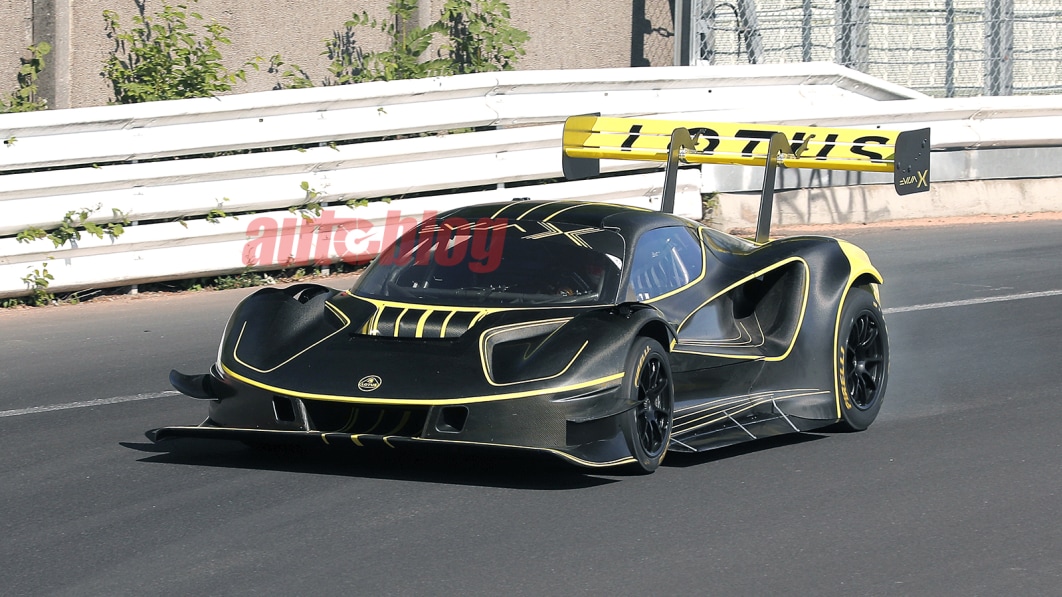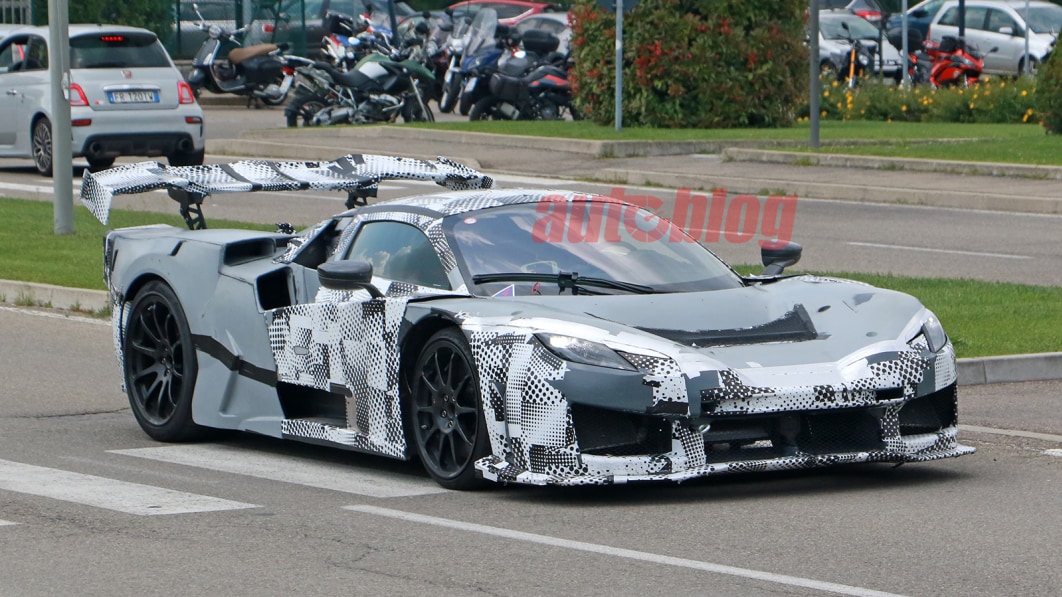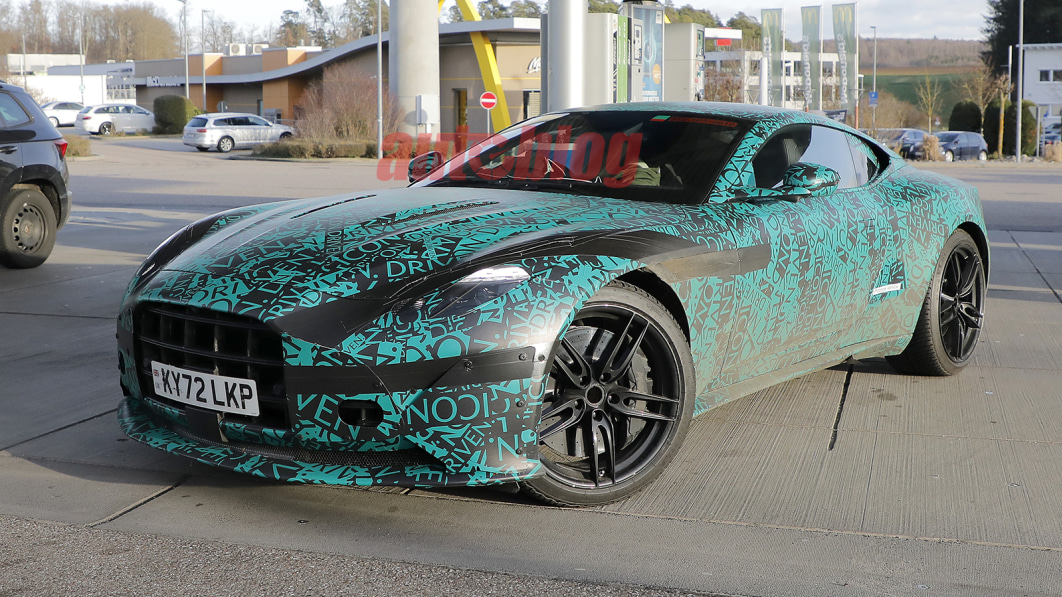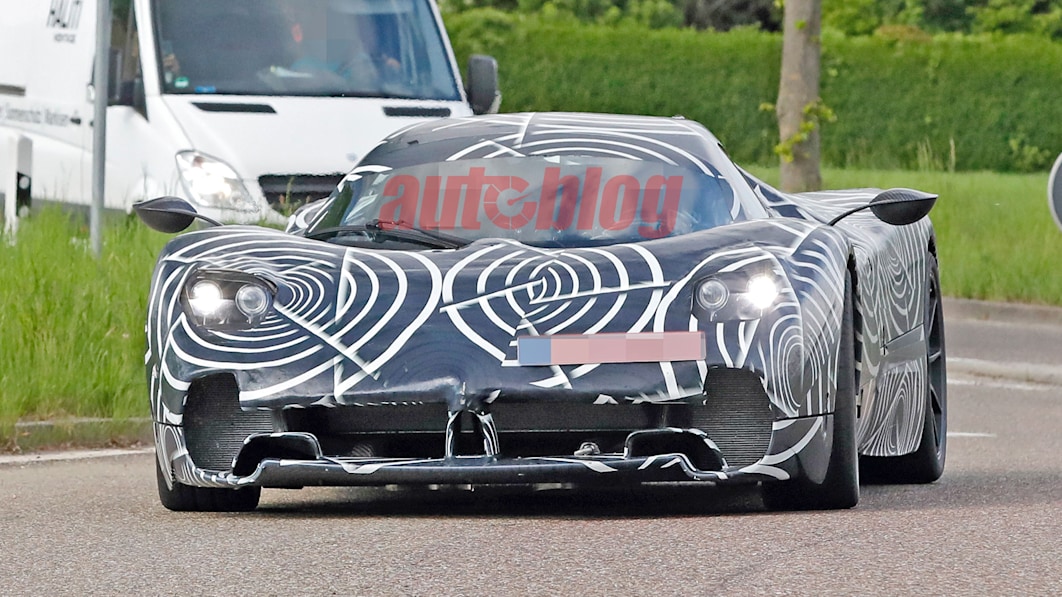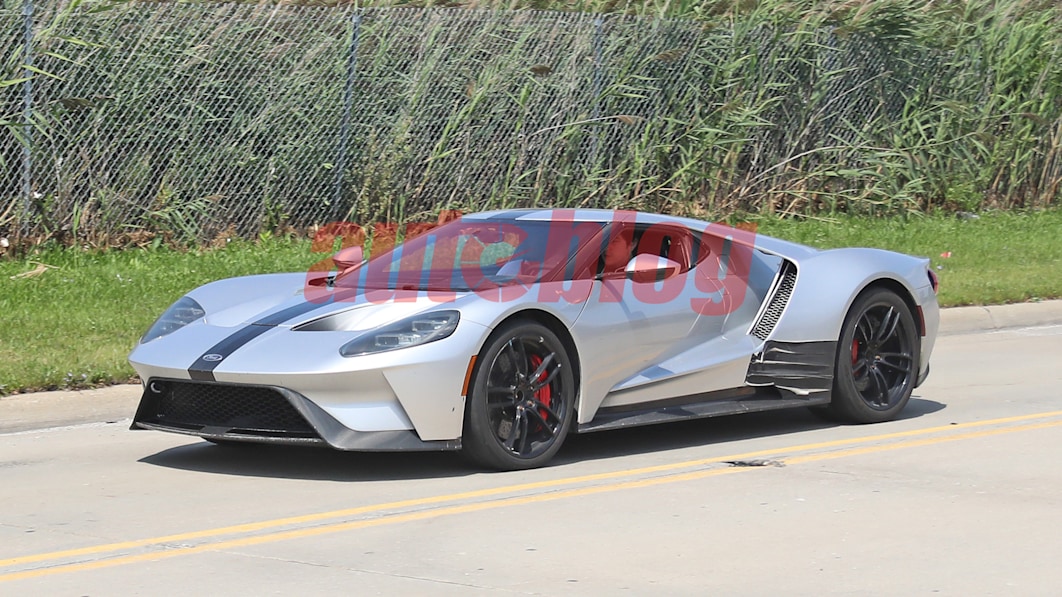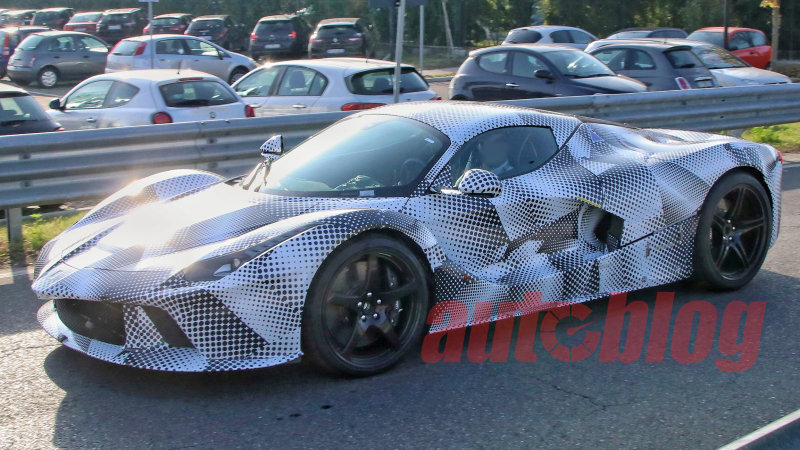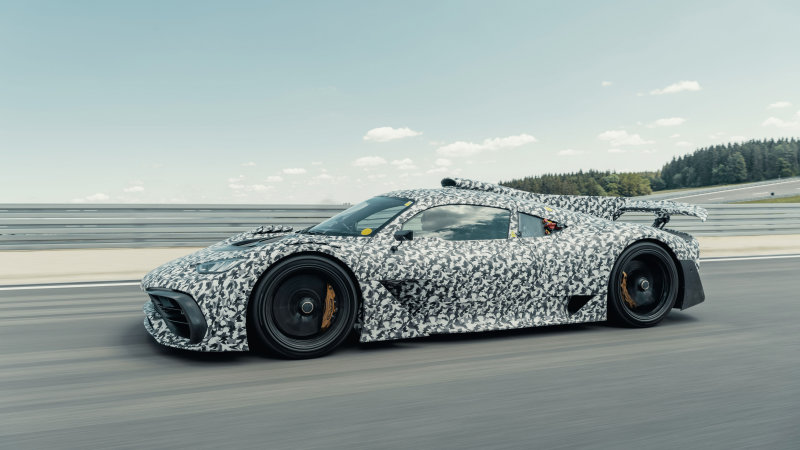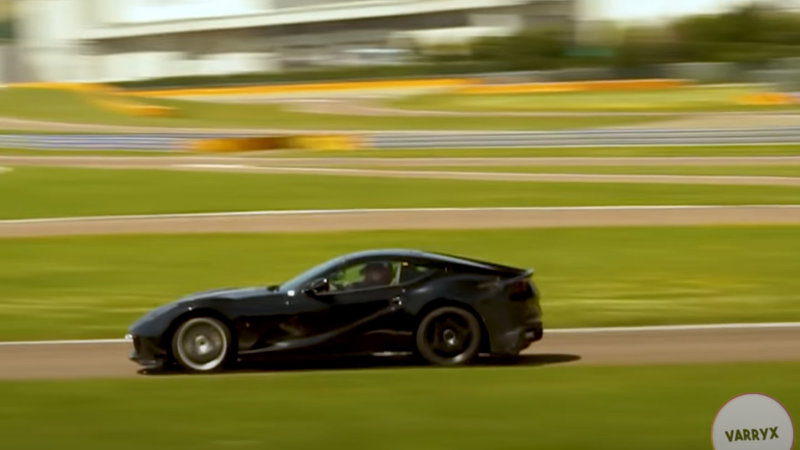This isn’t what we expected to see today, but one of our spy shooters just caught a Ford GT mule rolling around Allen Park, Michigan. We’d all but put the Ford GT off to the side at this point, as production was expected to wrap up shortly.
There’s always the chance of a special edition-something at the end, but we didn’t expect to see any GTs with emissions testing pipes driving around Ford’s test laboratory where it performs EPA testing on future vehicles. The longstanding assumption, of course, was that the GT would use its 3.5-liter twin-turbo V6 engine until the end. Any suggestion otherwise seems easy to dismiss and semi-unfathomable at first blush. However, the presence of this test mule, and some recent reports that we’ll get into, throw this assumption into doubt.
We’ll start with a recent Ford Authority report, wherein they cite an unnamed source telling them Ford is testing a GT in metro Detroit with an engine other than the twin-turbo V6. The report goes on to say that this mystery powertrain GT sounds “very different” from the V6 we’re accustomed to at this point.
Next up, our spy shooter is also telling us he’s heard rumors of a different engine making its way into the GT. The rumor, and we’re not giving it any more credit than that, points to the 7.3-liter Godzilla V8 with a pair of turbos strapped to it — there are even more rumors to back this rumor up. It sounds fairly far-out to us, but do keep in mind that the 7.3 is a significantly more compact pushrod motor, not a DOHC design like the 3.5-liter V6 is. Maybe Ford could make it work.
![]()
Where is any kind of evidence for these musings? Well, the spy shots do indicate that Ford is up to something with the GT’s powertrain. For one, this engine’s oil cap (circled in red in the closeup) is sitting atop the glass where a standard GT’s trunk would extend to. That’s a clear hint that all isn’t normal underneath the engine cover. Plus (and it’s very difficult to tell), the exhaust routing in and around all of the chassis and suspension components doesn’t look identical to that of a regular GT. The blurriness of the photo and general mess going on underneath keep us from getting a super clear comparison, but some of the twists and curves in the exhaust appear slightly changed. All that said, we’ll need a better photo comparison to come to any grand conclusions.
All of the above put together is enough to put us on high alert for Ford GT news. Ford is up to something with its mid-engine supercar, and it seems certain at this point that it won’t be letting the GT go silently into the night.
Related video:


